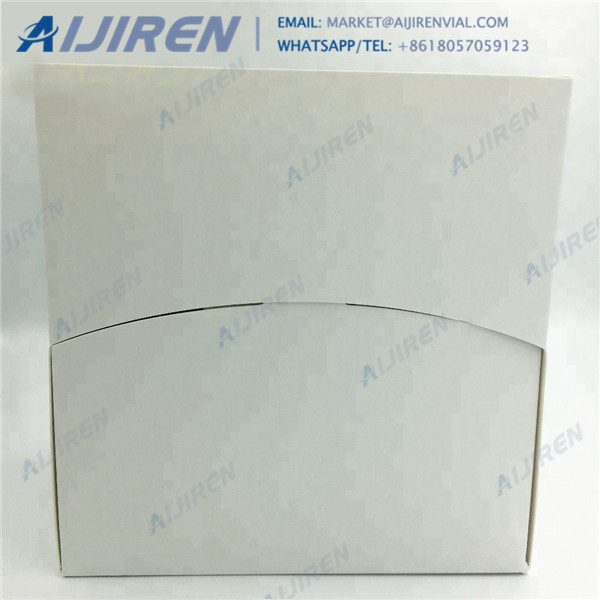
For growing culinary mushrooms, I have been using micropore tape for a filtered air hole in both the liquid cultures and in grain jars. This syringe filter provides a much cleaner and more reliable filter, with much smaller particle filtration.
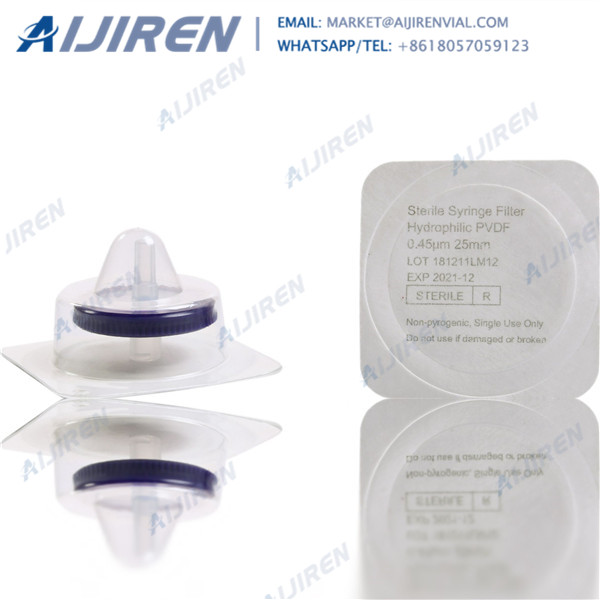
This item 6Pcs Regular Mouth Mushroom Liquid Culture Lid, Grain Spawn Cultivation Mason Jar Lid with 0.2 micron PTFE Syringe Filter & 20mm Self Healing Injection Ports For Mushroom Growing Mycology 6Pcs Wide Mouth Liquid Culture Lid Food Grade Plastic Grain Spawn Cultivation Mason Jar Lid with 0.22um PTFE Syringe Filter &2pcs 20mm Self Healing
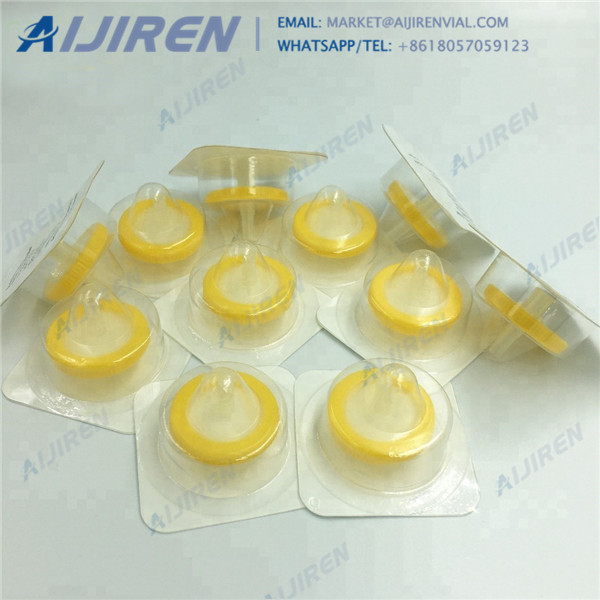
Cut the extra material off both sides to keep it clean and from rubbing up against your grain spawn. [Alternative] - Syringe Filter. The last—and coolest—alternative for gas exchange are syringe filters. Similar to the rubber self-healing injection ports, these filters are going to give you the best protection against contaminants.
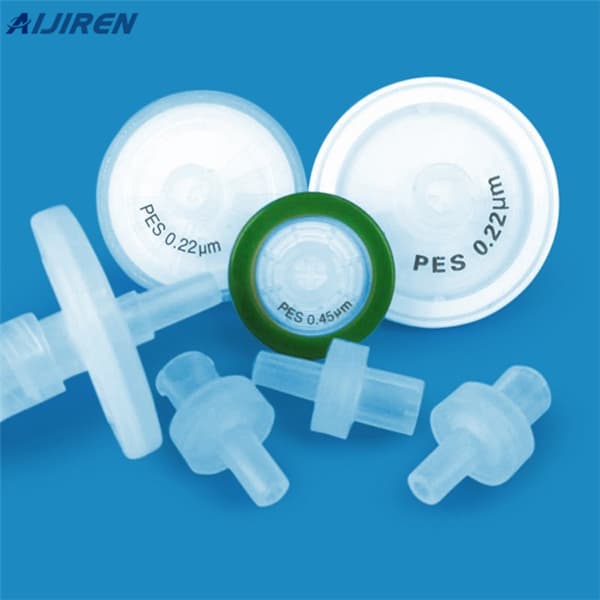
A spore or culture syringe. A mushroom grow bag. A fully colonized grain spawn You don't need the syringe and sterilized grow bag if you already have this. A hand-drill with a two-inch hole saw. A pair of spray bottles for water and alcohol, - We advise 70% . Poly-fil, tyvek, micropore tape or cotton balls to cover all the holes you drill. Bulk
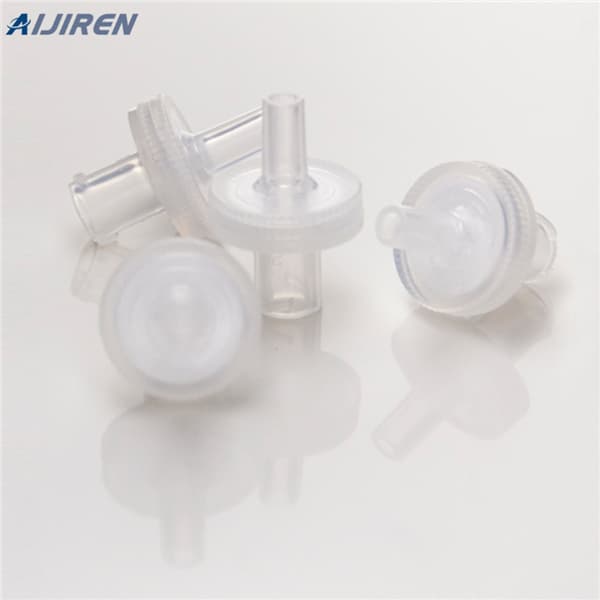
Working quickly attach syringe filters to the centre holes and injection ports to the outer holes in each lid. Syringe filters should be used for liquid culture jars to reduce the likelihood of contamination. Micro pore tape is an excellent filter material on grain spawn jars due to the increased fresh air exchange.
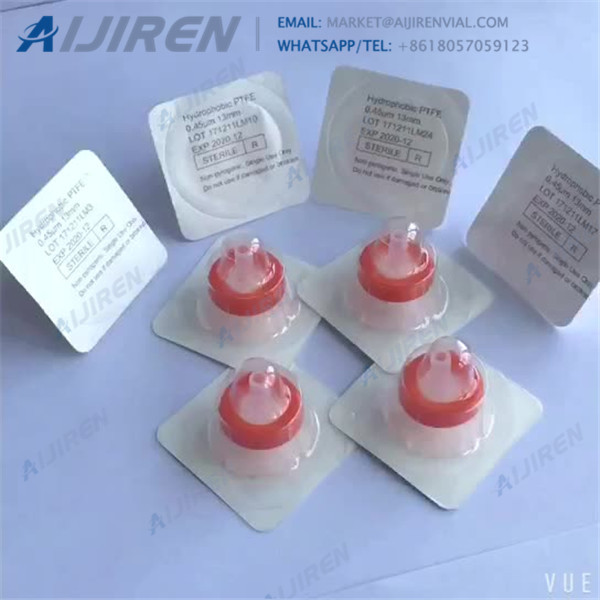
Mar 09, 2018 · Thus if you want a gallon of usable, mixable spawn, you need about 6 jars vs one mushroom bag of spawn. I tried using Stamets exact ratios of WBS weight to water then PC'ing the mix. Would be nice if that worked! No good. The grain at the bottom was wet plus there was goo at the bottom of the jar and possibly too dry at the top.
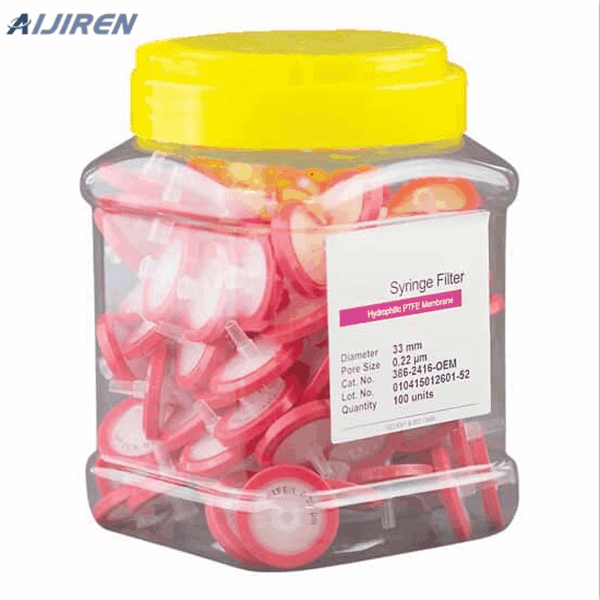
Shroom Supply 3M Micropore Tape - A single roll of 3M™ Micropore tape on a 1 x 10 yard roll. Micropore tape is often used as a filter on grain spawn lids amongst many other uses in mycology. Autoclavable.
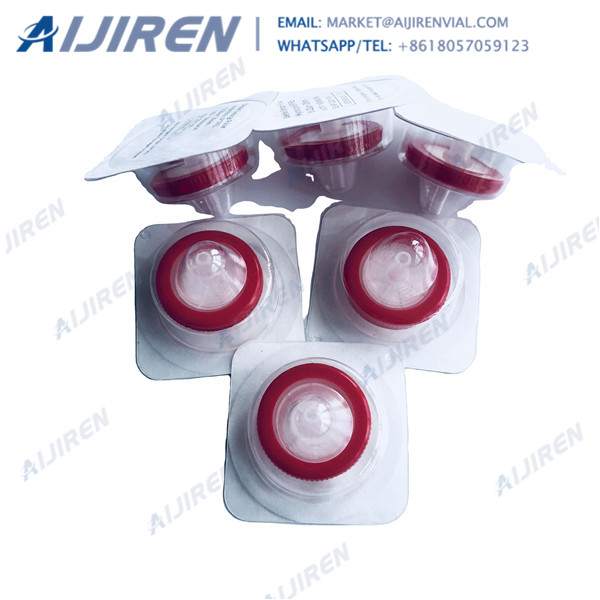
3M Micropore Tape A single roll of 3M™ Micropore tape on a 1" x 10 yard roll. Micropore tape is often used as a filter on grain spawn lids amongst many other uses in
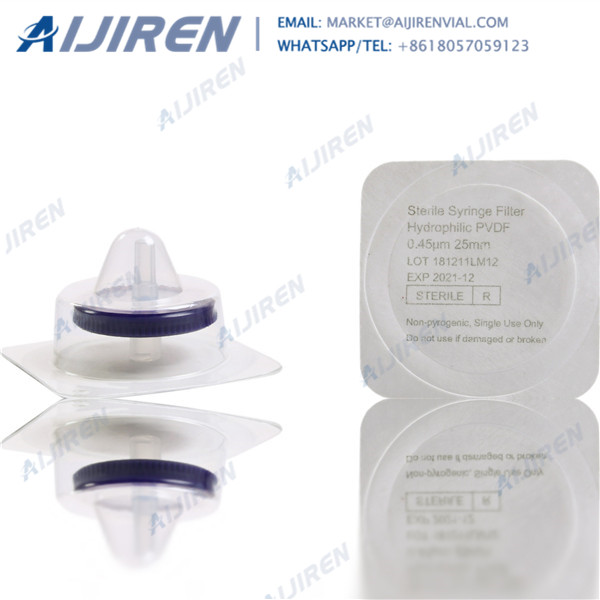
Aug 12, 2019 · To inoculate the grain: Clean your work surface. Sanitize syringe, bag, and hands. Once the syringe is sanitized, don’t set it back down. Open needle, connective side up, with it leaning toward the airstream from the HEPA filter. Pull cap off the syringe, spray syringe and needle with alcohol, then attach the needle while it is still in the
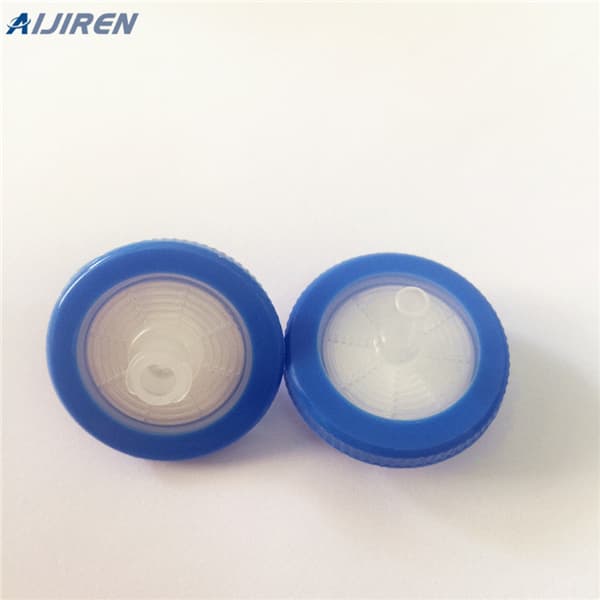
Biodegradable Spawn Bags with Self-Healing Injection Port - 10 Autoclave Safe Mushroom Bags with 0.2 Micron Filter - Fits 3 Quarts of Grain Spawn for Growing Mushrooms 3.8 out of 5 stars 5 1 offer from $27.49
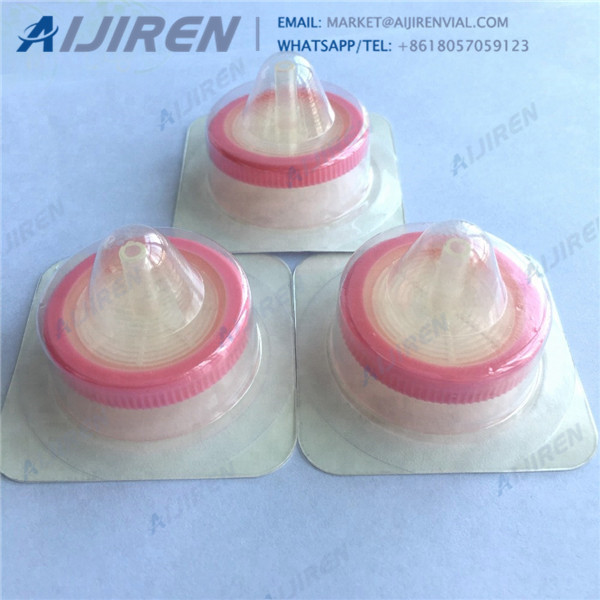
Mar 01, 2019 · Mushroom spawn is the medium that you’ll be inoculating with mycelium. This article describes how to make grain spawn, one of the most common types of spawn used in the mushroom industry. What you need: shiitake culture: on agar, as liquid culture or grain spawn. a pressure cooker that can reach 15 PSI.
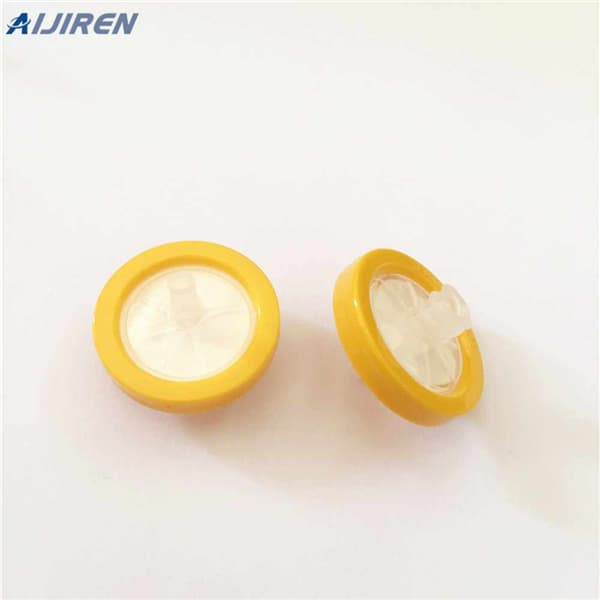
Micropore. R 49.00 R 29.00. Micropore tape is often used as a filter on grain spawn lids amongst many other uses in mycology. 50mm x 5m.
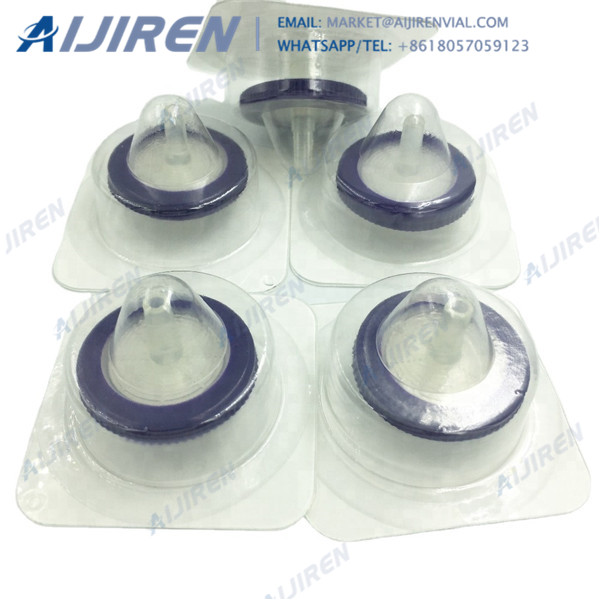
Dec 08, 2018 · Take your High Temp RTV Silicone and squirt a bead around the centre point hole you’ve made. Dip your finger in water and soap and work the silicone in a circular motion until the hole is sealed up. Remove your finger upwards from the centre of the silicone, wet your finger again and press it flat so it ‘mushrooms’ out over the rim of the hole.
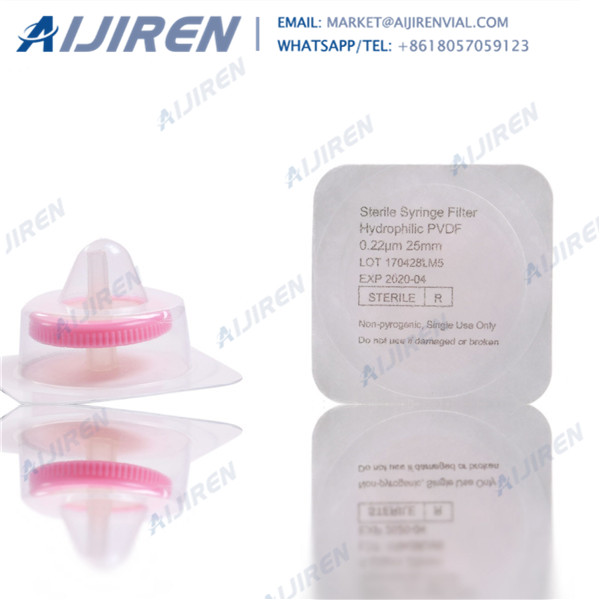
Yes, colonizing grain spawn needs a gas exchange from the jar. The Mycelium will suffocate, stall or die without it. Alongside this, gas exchange will prevent certain forms of bacteria and mold from colonizing inside the jar. Gas exchange should not be mistaken for fresh air exchange as these are two different things.
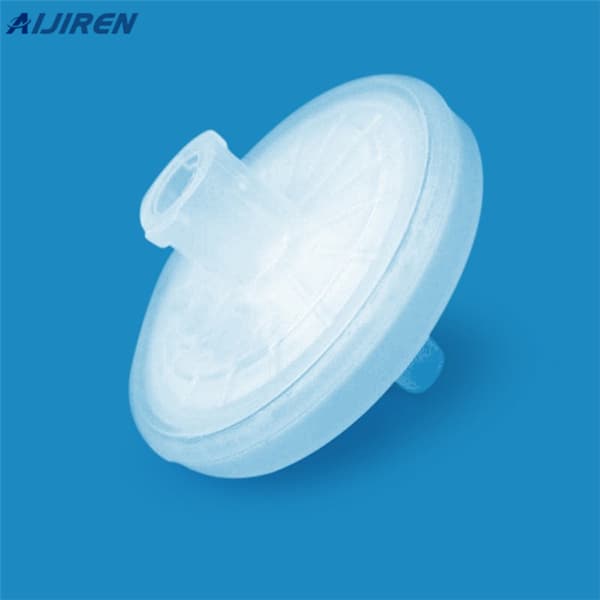
Wild Bird Seed (WBS) - Grain Spawn. Wild Bird Seed (WBS) is one of the cheapest and most widely available grains for mushroom cultivation. Typically found in the pet or outdoor sections of grocery stores, big box stores, home improvement stores, and pet shops.